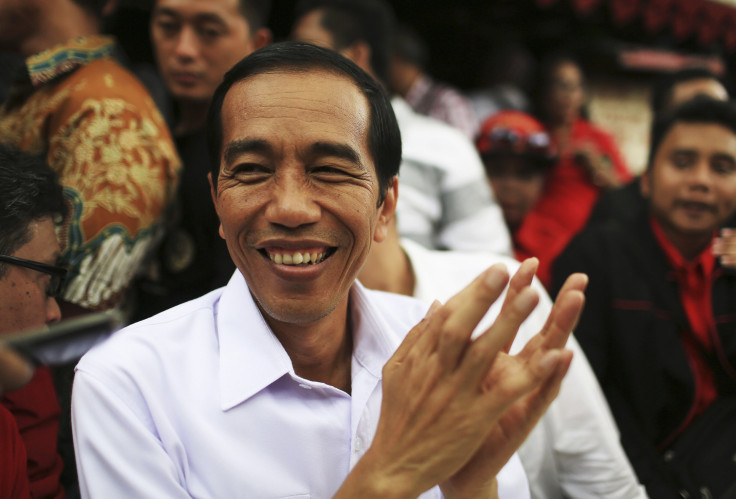Indonesia Likely To Reduce Fuel Subsidy Further Ahead Of July Presidential Election

CBucking conventional wisdom as public antipathy Indonesia is likely to reduce its annual $25 billion fuel subsidy after reporting that its fiscal 2014 budget deficit is too high.
“The Ministry of Finance is likely to stress the necessity of fuel subsidy reductions in its proposal for the 2014 budget revisions, which will be submitted to parliament in May,” Nomura analysts wrote in a research note on Thursday. “It appears as though the latest political developments may have made this more feasible.”
The consensus previously was that the exorbitant subsidy would stay put ahead of elections loom. But the Ministry of Finance is now revising the year’s budget as full-year fiscal deficit is tracking above 3 percent of GDP, the legal ceiling.
With deficit higher than expected the Ministry is mulling ways to cut spending from both the operating and capital budgets and that may present an opportunity for significant fuel subsidy cuts.
“President Yudhyono is no longer running for office, so he can afford to support an unpopular policy,” according to research from Japanese bank Nomura.
More importantly Nomura analysts added, the PDI-P, the party of the current presidential favorite Joko Widodo, is incentivized to support this proposal now and pass it before the presidential election in July so that it does not have to deal with it once it and its candidate Widodo are in power.
“A fuel subsidy cut will likely lead to more fiscal policy tightening, slow domestic demand, reduce oil imports and support external balances further,” according to Nomura.
The subsidy has been in place since 1967, and is now the world’s third-highest fuel subsidy. In 2012, the Indonesian government budged $13.7 billion but spent around $18 billion, while in 2013, actual expenditure for the subsidy cost the government 25 percent more than the budgeted $19.3 billion.
© Copyright IBTimes 2024. All rights reserved.




















